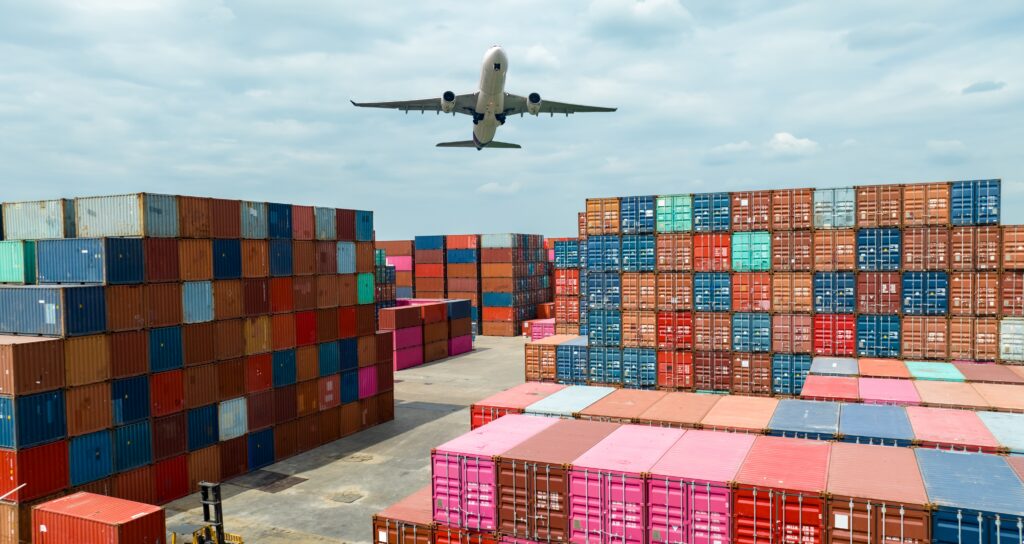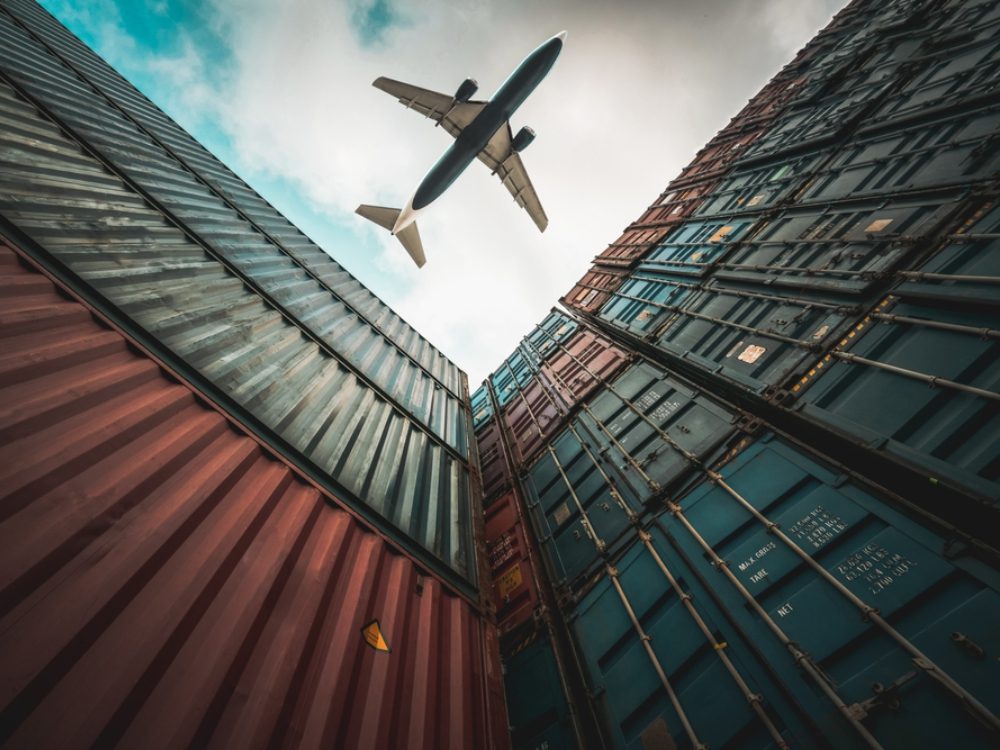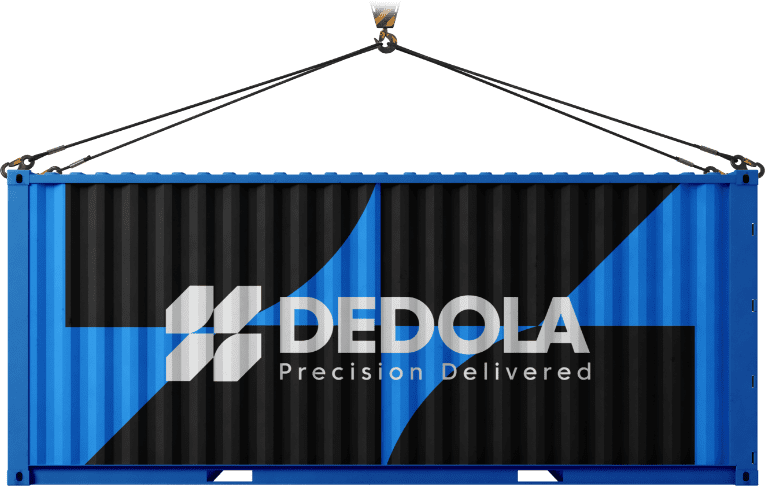Q: Are the new U.S.–China tariffs under the Trump administration taking effect this November—and can air freight help protect importers’ margins?
A: Yes. The Trump administration has confirmed a 100 % tariff on many Chinese imports effective November 1, 2025, with an initial suspension period through November 10 under Executive Order 14298. Because U.S. Customs applies duties based on the entry-for-consumption date, importers who move select SKUs by air freight ahead of that cutoff can avoid higher landed costs. Even after tariffs take hold, air remains an agile lever for managing inventory, lead times, and risk.
Key Insights
- The Trump administration announced a 100 % tariff on Chinese imports effective Nov 1, 2025, with a temporary suspension until Nov 10. (Reuters)
- The USTR extended certain Section 301 exclusions through Nov 29, 2025, offering a short relief window for eligible products. (USTR)
- Duty liability is determined on the entry-for-consumption date, not the shipping or arrival date. (CBP)
- Air freight’s shorter transit (3–7 days) gives importers more control over those cutoff points than ocean freight (15–40 days).
- Even after tariffs apply, air can offset cost pressure by tightening cycles, reducing stockouts, and improving cash flow.
Why This Matters for U.S. Importers
For most importers, tariff shifts aren’t just policy—they’re profit events. When duty rates double, each delayed entry or misaligned shipment can impact margins across multiple SKUs. The November tariff reset creates a narrow, high-stakes timing window that standard ocean schedules rarely meet. Strategic use of air freight—especially for critical or high-margin goods—can help importers maintain control. By timing entries precisely and keeping inventory cycles shorter, you can reduce duty exposure before enforcement and maintain flexibility even once new rates take hold.
What’s Actually Changing in November 2025
U.S. actions:
The Trump administration’s tariff package imposes 100 % duties on a broad list of Chinese imports starting Nov 1, with a 10-day grace period before full enforcement. (White House Fact Sheet)
Certain sectors—including furniture, wood, and select electronics—saw early tariff additions in mid-October. Legal challenges to tariff authority are now before the U.S. Supreme Court (hearing set for Nov 5).
China’s response:
Beijing signaled potential retaliation mirroring earlier 2025 measures, when it levied 34 % duties on U.S. goods and enforced strict “arrival by” rules—underscoring how timing determines exposure. (Washington Post)
Exclusions:
The USTR has extended certain Section 301 exclusions through Nov 29. Importers with eligible SKUs should plan entries within that window. (USTR)
Bottom line:
Treat Nov 1–Nov 29 as a critical planning horizon. Validate tariff codes (HTS), confirm exclusion eligibility, and plan expedited shipments now.

How Air Freight Can Be Your Best Mitigation Tool
1. Beat the Tariff Clock (Legally)
CBP confirms that the applicable rate depends on the entry date—not arrival or ship date. (CBP)
Air freight’s short transit time (3–7 days from China to U.S.) gives you a realistic path to file entry before the tariff takes effect.
2. Control Risk and Reduce Overpayment
Ocean lead times can shift by weeks due to congestion, weather, or vessel scheduling. Any delay past Nov 10 could double your duty rate. Air allows tighter coordination and faster customs clearance.
3. Protect Revenue Beyond the Deadline
Even once tariffs apply, air helps maintain revenue stability. Faster cycles reduce the need for costly buffer stock and help you respond to demand changes quickly—crucial when cash flow tightens under new tariff costs. (IATA)
What to Ship by Air—and How to Make It Work
Prioritize these categories:
- High-margin or fast-moving SKUs
- Seasonal or promotional goods
- Components that gate finished-goods builds
- Items eligible for Section 301 exclusions (through Nov 29)
Operational best practices:
- Consolidate urgent pallets into shared air shipments to control per-unit cost.
- Choose direct routings into broker-friendly airports (LAX, ORD, ATL).
- Pre-alert your documents (Commercial Invoice, Packing List, COO, HTS substantiation).
- Coordinate entry filings with your customs broker—remember, only “entry for consumption” locks in the duty rate.
Quick Implementation Checklist
- Verify HTS codes + Section 301 exclusion eligibility (USTR list).
- Model duty impact: pre-Nov 1 vs. post-Nov 10, plus post-Nov 29 (if exclusions).
- Book air shipments for priority SKUs. Confirm ETA aligns with filing timeline.
- Prepare compliance packet (CI, PL, COO, HTS support).
- Ensure timely entry summary submission.
- Conduct post-entry audit to confirm proper tariff treatment.
- Monitor USTR / CBP updates through official bulletins.
Key Takeaways
- Trump administration tariffs: 100 % on Chinese imports effective Nov 1 → Nov 10 grace.
- Entry date drives duty rate—not ship or arrival date.
- Air freight can legally reduce exposure by compressing transit time.
- Use air strategically for high-impact SKUs and short-term margin defense.
- Close broker coordination ensures entries qualify under the lower rate.
FAQ
Do shipments need to arrive before Nov 1 or just be shipped?
They must be entered for consumption before the effective date. Arrival alone doesn’t determine duty. (CBP)
How do FTZs and bonded warehouses factor in?
Tariffs are assessed when goods are withdrawn for consumption, not when imported into the zone. Check your FTZ documentation for exceptions.
Could legal actions alter the enforcement timeline?
Yes. The Supreme Court is reviewing tariff authority (hearing Nov 5, 2025). Importers should stay alert and maintain flexible routing options.

About the Author
Michael Goldsmith is Dedola’s VP of Strategic Client Partnerships. With two decades in international trade and customs policy, he enables high-volume importers to navigate tariff volatility, optimize freight modes, and maintain cost control—even in turbulent regulatory environments. Learn more on Dedola’s About page or dive into our Tariff Classification Guide.





